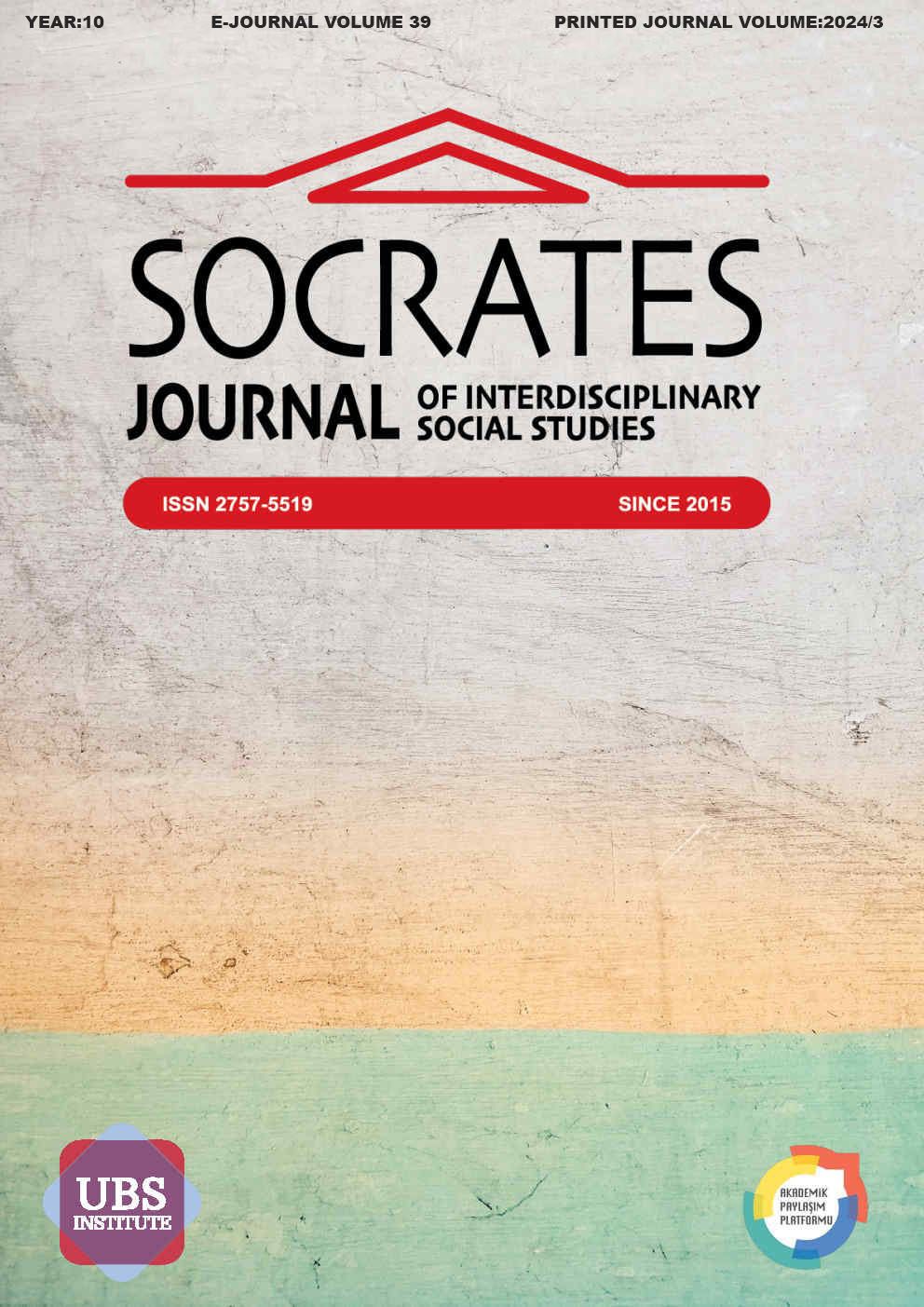HOW INDIA BECAME THE 5TH LARGEST ECONOMY? AN INDEPTH STUDY
DOI:
https://doi.org/10.5281/zenodo.10839722Keywords:
Indian economy, foreign trade, seafarers, largest democracy, fastest growing economy, India's richnessAbstract
India, the largest democracy and the most populous country in the world, was once a very advanced civilization with a rich economy, trade and commerce, culture, and spirituality for thousands of years. Due to her vast fertile land, dexterity of art and craft, robust maritime trade, rich spirituality, efficient civil administration, the intelligence of royal policymakers, honesty and simplicity of general people, scientific temper, and discoveries, India has been successful in spreading her trade and commerce from Oman, Bahrain, Iran and other places in West Asia to Africa and Europe. The Indian sub-continent was an important commercial zone of vital importance in ancient times. From the earliest times, Indian trade and commerce flourished in the world. The Harappans have been well-recognized as seafarers. Old Indian literature indicates that, during ancient times, the Hindu merchants were the masters of seaborne trade. Considering India's richness, again and again, India was attacked by various foreign rulers, kings, and looters. From Alexander, the Great to the British East India Company exploited the Indian economy and robbed away Indian gold, jewelry, diamond, and natural resources making themselves economically rich. After a prolonged freedom struggle, India attained Independence in 1947. Since then it took six decades to recover its wounds. Again, in the last decade, India has gone from the 10th largest economy to the 5th largest economy. This article seeks to investigate how India was successful in achieving this grand success, and what are the challenges ahead to become the third largest economy by 2030 or before. In the end, some policy recommendations have been given to the government of India to overcome the existing challenges and attainment of the ambitious target.
References
Bandopadhyay, S. (2004). From Plassey to Partition: A History of Modern India. Orient Longman.
Behi, A & Dhankar, L. (2023). 'India recovered US$180 bn from economic offenders in 5 years: Union Minister', The Hindustan Times, 2 March.
Beveridge, H. (1867). A Comprehensive History of India, Civil, Military and Social from the First Landing of the English, to the Suppression of Sepoy Revolt; including An Outline of the Early History of Hindoostan (Vol. 1). Blackie and Son.
Brancaccio, P. (2010). The Buddhist Caves of Aurangabad: Transformations in Art and Religion, BRIL.
Bryce James, B. (1810). A Sketch of the State of British India, with a view of Pointing Out the Best Means of Civilizing Its Inhabitants, and Diffusing the Knowledge of Christianity Throughout The Eastern World. George Ramsay & Company.
Diarmaid. F. (2017, March 4). The Inglorious Empire: What the British did to India. The Irish Times.
IMF Executive Board Concludes 2023 Article IV Consultation with India, International Monetary Fund, Press Release No. 23/458, 18 December, 2023.
India to Remain fastest-growing major economy in 2024, The Economic Times, 31 Dec., 2023.
Jain, S. (2023). India's GDP growth surges to 7.2% in 2023, outpacing major economies, Forbes India, 12 June.
Jason, H. (2018, December 19). How Britain Stole $45 trillion from India. Al Jazeera. Ministry of Science and Technology, Government of India.
Prothero, M., & Vidyabhusana, S.C. (1915). History of India down the end of the reign of Queen Victoria. Macmillan.
Rapson, E.J. (1914). Ancient India: From the Earliest Times to the First Century A.D., Cambridge: at the University Press.
Rawlinson, H.G. (1938). A Concise History of The Indian People. Humphrey Milford Oxford University Press.
Report by energy, the Centre for Research and Energy and Clean Air and the Institute of Energy Economics and Financial Analysis.
Sharma, S.R. (1947). Ancient Indian history and culture. Hind Kitab Limited
Singh, R. (2023, January 27). The wonder that is India. The Times of India.
The Indian Economy: A Review, Department of Economic Affairs, Government of India, 2024, p. 1.
Downloads
Published
How to Cite
Issue
Section
License
Copyright (c) 2024 Socrates Journal of Interdisciplinary Social Studies

This work is licensed under a Creative Commons Attribution 4.0 International License.


